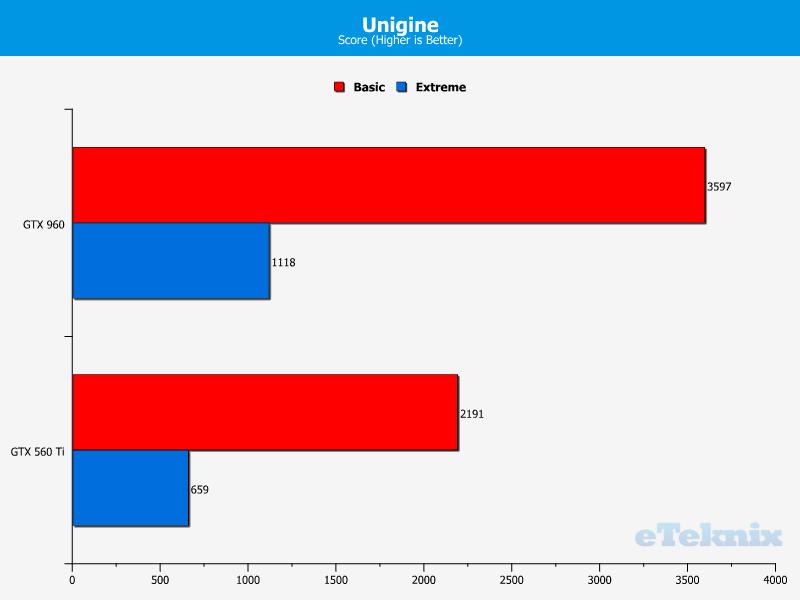Get Your Old Rig Gaming Ready on a Tight Budget
Peter Donnell / 10 years ago
Performance
Original Specification
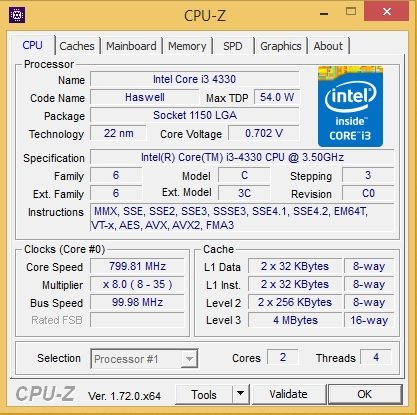
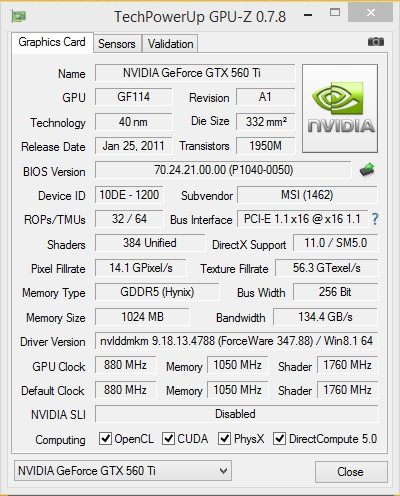
As you can see from the two images below, hard drive performance is sluggish at best. The system takes around 40 seconds to boot to desktop and finish loading background applications and games take a very long time to load; perhaps it just feels so long because I’ve been using an SSD for a few years now.
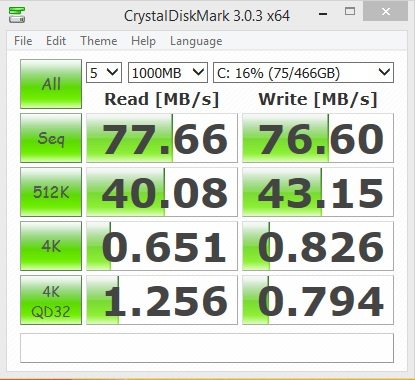
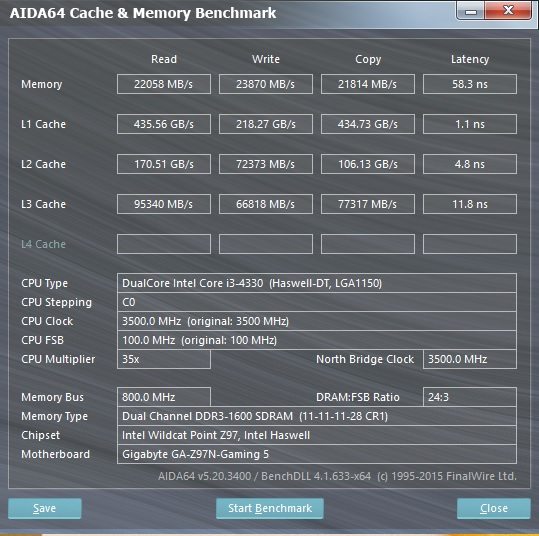
Upgraded Specification
Out with the old hardware and in with the new. As you can see, the CPU is unchanged, but the GPU has had a significant boost. The 960 may not be the greatest card in the world, but with double the VRAM, higher clock speeds, and significantly more cores than our 560Ti,; the improvement should be profound.
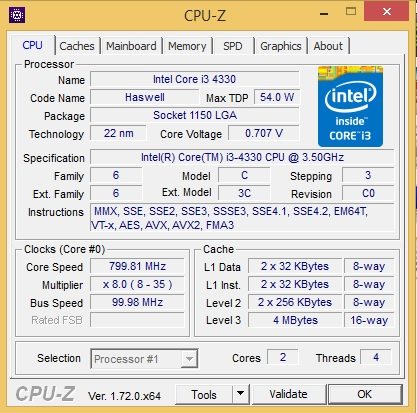
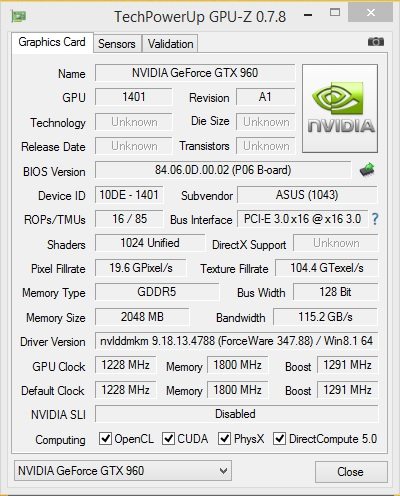
Wow, already we can see the upgrades kicking in. We’ve gained a few MB/s read and write from our memory, but the SSD has boosted our read speeds by approximately 7x and 9x for Seq and 512K respectively, write speeds by 2.5x and 4.5x; I think you’ll agree that’s a huge improvement for our system.
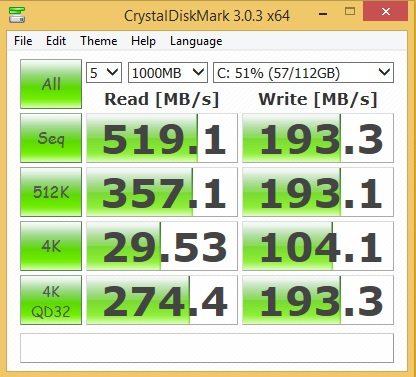
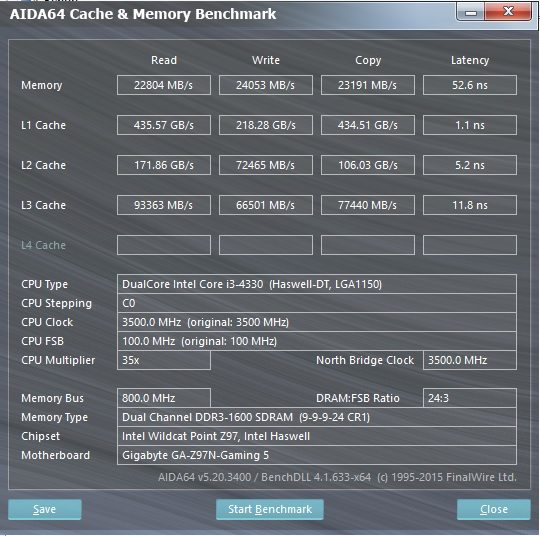
OK, so we’ve improved the memory and storage performance significantly enough to see a big change in the system. Boot times are a lot faster at less than 10 seconds, games load quicker and we’ve lost the clunky noise of the mechanical hard drive read/write process, which is no bad thing. So what about graphics performance?
As you can see, the performance increase is huge. The 560 Ti did commendable in the benchmarks, but the 960 is very impressive. The Extreme score of the GTX 960 is very close to the standard score of the 560 Ti! Virtually double the performance at Standard and more than three times the performance at extreme; that extra 1GB of VRAM showing its worth!
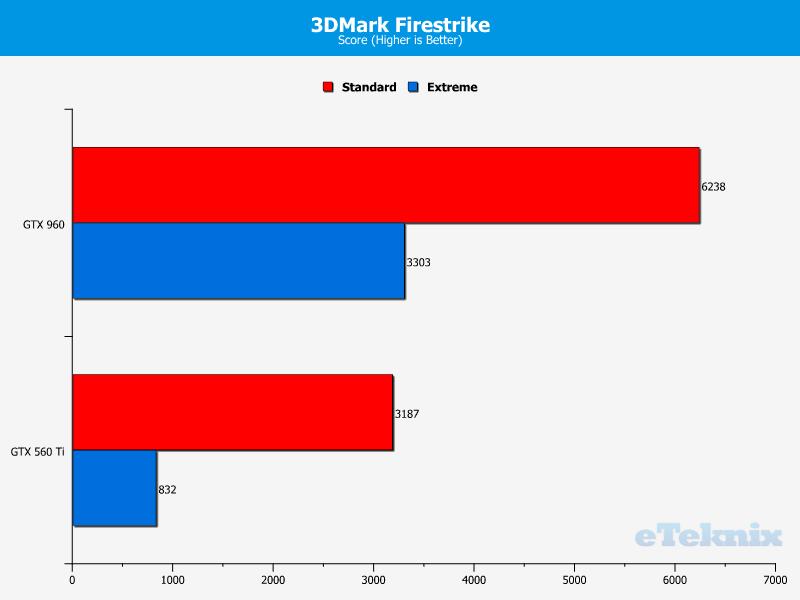
Bioshock was surprisingly playable on the 560 Ti, with high being well over the 60FPS lovable standard and Ultra being damn close, although there was a big FPS drop in busy scenes. The GTX 960 however, thundered past that 60FPS target and provided smooth gameplay at the highest of graphics options.
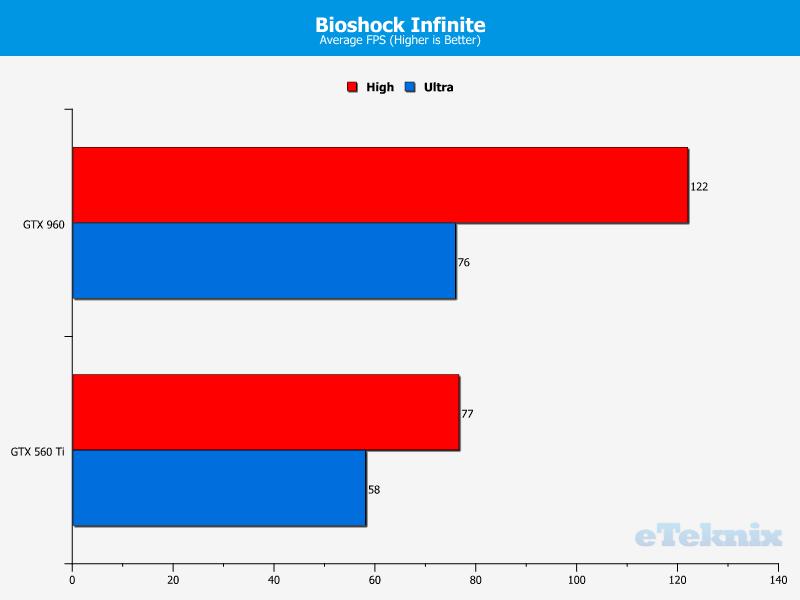
Tomb raider also saw some incredible gains, most notable is the Ultimate graphics setting, which looks absolutely stunning. On the 560 Ti we’re running at 21FPS, which is playable, but it’s far from smooth, put in the GTX 960 and those Ultimate graphics take on a whole new lease of life thanks to three-fold improvement in performance.
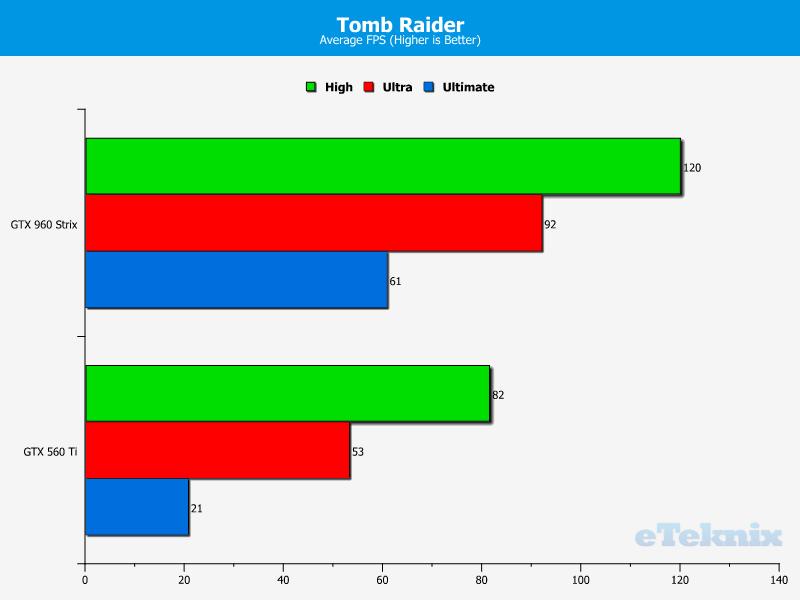
Again, Unigine really benefits from the extra 1GB of VRAM. The move to a much faster 2GB card means we get worthwhile scores in the Extreme test. Of course, this is a synthetic benchmark, but it’s great to see the GTX 960 showing huge gains, despite the fact we’re running it on a dual-core CPU.
